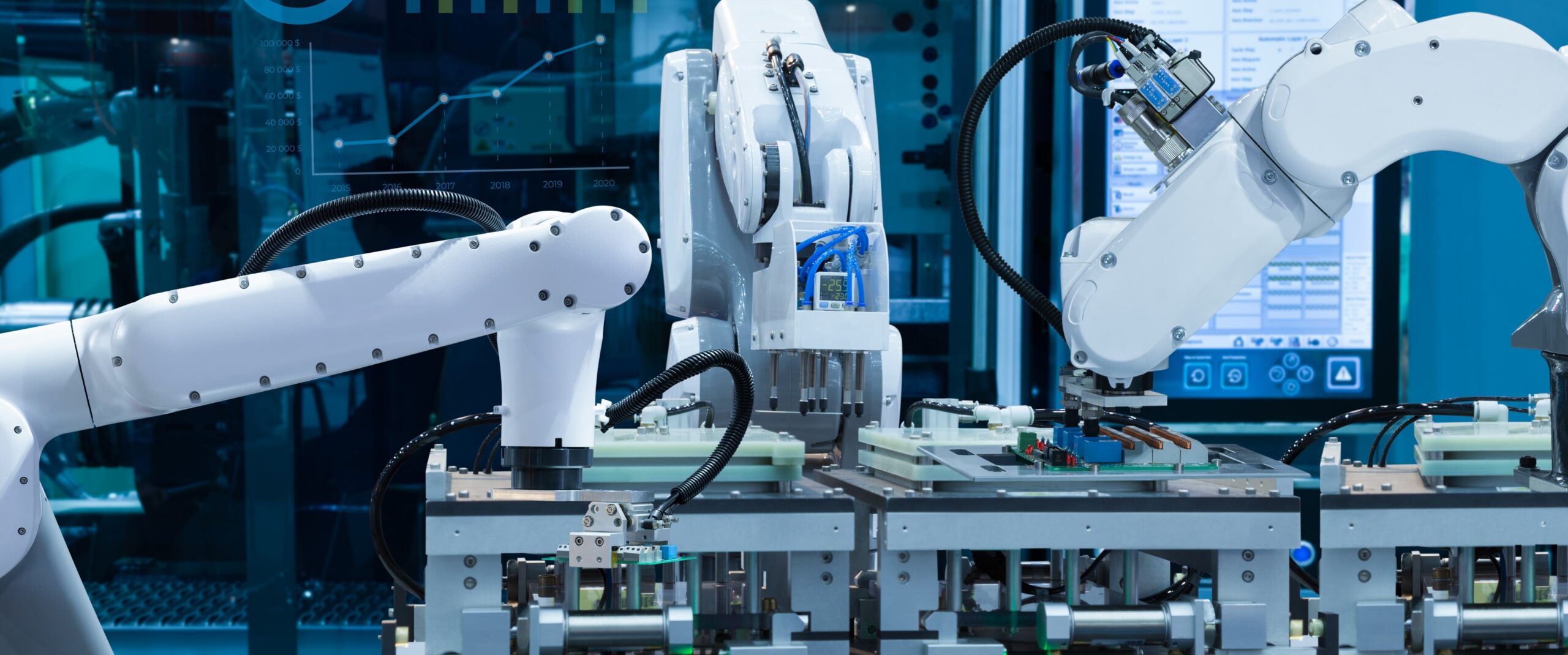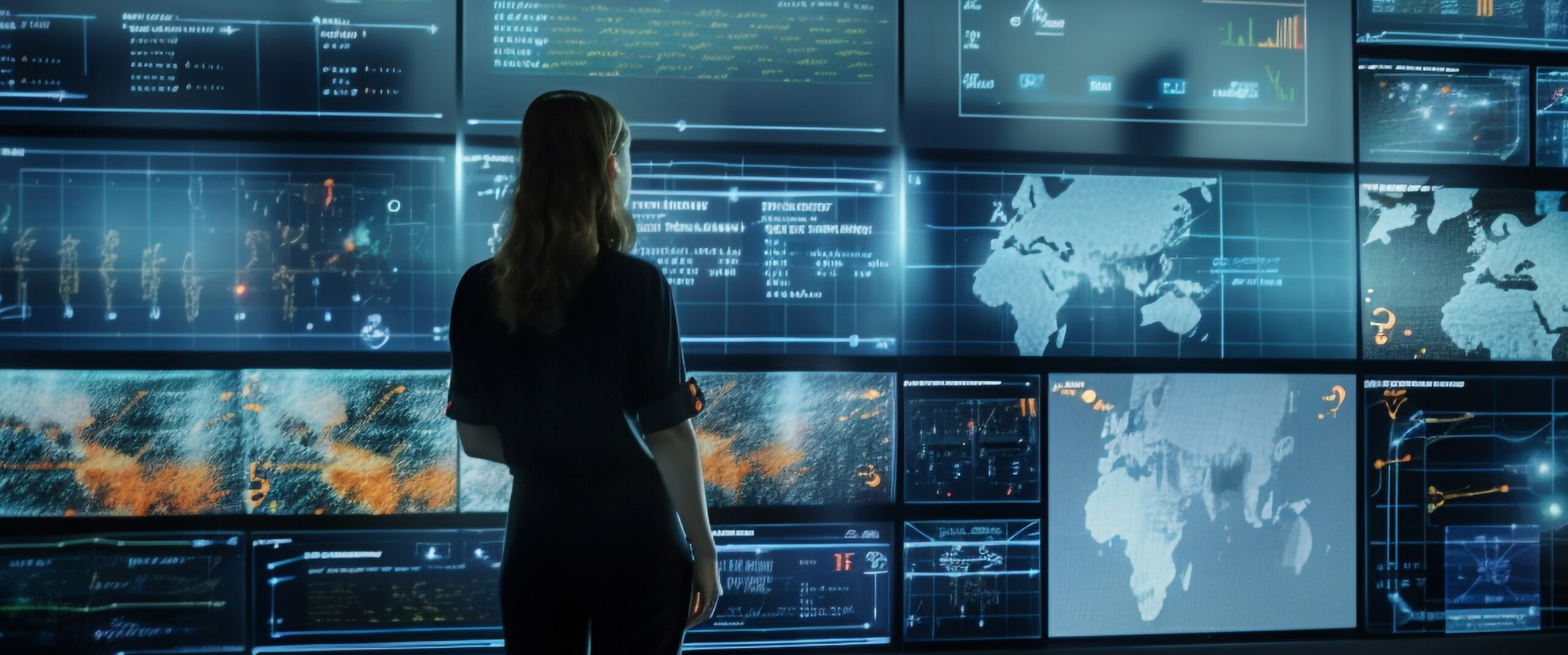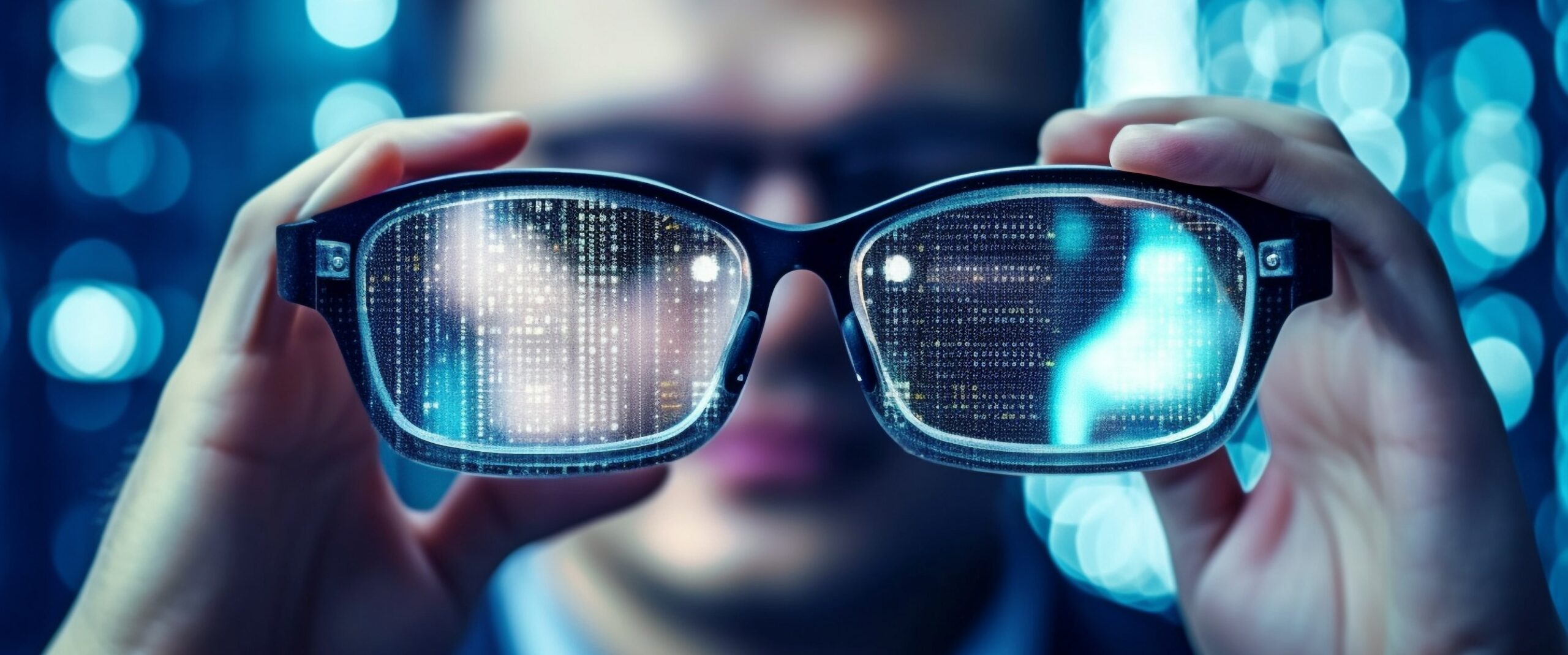
AI vision stands at the forefront of change.
But what exactly is it?
At its core, AI vision technology uses artificial intelligence to process, analyze, and understand visual data from the world, mirroring the way humans perceive visuals.
From simplifying complex data visualization to elevating retail experiences, AI vision systems are paving the way for the future.
Want to get a closer look? Visit Flexible Vision for more information on vision AI.
In the era of information, data is everywhere. Yet, while lots of data is valuable, its real power is in interpretation and visualization.
How often have you stared blankly at spreadsheets, trying to make sense of the jumble of numbers and charts? Enter AI vision software.
With the integration of AI vision software, those seemingly endless rows and columns turn into vibrant, intuitive dashboards.
Instead of static numbers, you’re given dynamic visuals that evolve in real time. Complex data sets become colorful graphs, heat maps, and interactive charts.
Not only does it make data interpretation a breeze for analysts and professionals, but it also makes insights accessible to the everyday user.
So, whether you’re a data scientist or a marketing executive, AI-enhanced dashboards ensure that you grasp the story the data is telling, at a glance.

Retail, as we know it, is undergoing a shift, and AI vision is responsible for this transformation.
Let’s dive into how it’s reshaping customer experiences and operational efficiency.
The future of shopping is interactive and instantaneous. Gone are the days when you’d spend hours searching for a product.
With AI vision systems, you simply snap a picture, and you’re instantly shown similar products, styles, and even matching accessories.
But the magic doesn’t stop there. These systems remember your preferences and choices, and each search or product suggestion is more tailored to your tastes.
The result? A shopping experience that feels personal, like the digital world is curating just for you.
While the online retail world is innovating, brick-and-mortar stores aren’t left behind.
Integrating AI vision software is giving physical stores a digital facelift.
Imagine walking into a store and using augmented reality to try on outfits, shoes, or even makeup without ever touching the product.
Beyond this, smart shelf technology ensures optimal product placement, restocks items swiftly, and even guides customers to their desired products, making the in-store experience enjoyable.
Every product picked up, every aisle browsed, and every purchase made offers insights. With AI vision, this data is captured and analyzed in detail.
From understanding which products are frequently browsed but rarely bought, to predicting seasonal demand spikes, AI vision offers great insights.
This means retailers can optimize inventory, reduce wastage, and ensure they’re always stocked with what the customers desire.

In the industrial sector, precision, efficiency, and consistency are the guiding stars.
Let’s look into how AI vision is making waves in this space.
In any production line, the cost of an undetected defective product going out into the world is both financial and reputational.
Traditional quality control methods that rely on human eyes and hands can sometimes change due to fatigue or oversight. AI vision software changes this landscape.
With advanced algorithms and high-resolution imaging, AI-powered visual inspection scans products at high speeds, catching inconsistencies down to the tiniest detail.
This ensures that customers receive top-notch products and reduces wastage and returns.
The result? Better brand reputation and lower overhead costs.
Every hour a machine is down, industries bleed money.
AI vision plays an unexpected yet crucial role in preventing these breakdowns.
How?
These systems continuously monitor machine health, picking up small visual cues like slight vibrations, discolorations, or even tiny leaks that might indicate problems.
By spotting these issues at their early stage, companies can perform maintenance before the issue escalates and interrupts production.
The savings in potential repair costs and the reduction in downtime make AI vision systems an asset in any industrial setup.
Curious about the relationship between data and manufacturing? Explore this process at our How It Works page.
Automation has revolutionized industries, but with AI vision, we’re looking at a smarter, more efficient revolution.
Robots with AI vision software can ‘see’ their environment, reacting in real time to changes.
This is evident with collaborative robots (cobots). These aren’t just machines that follow a set of coded instructions. They learn, adapt, and work alongside humans.
Whether it’s picking delicate objects from a conveyor or precision welding, cobots with AI vision bring accuracy and efficiency to the table.
Start innovating your production processes today with Flexible Vision.

Security isn’t just about being reactive anymore but also about being proactive.
There are many proactive use cases for surveillance and security.
The days of hours of footage being reviewed manually are in the past. Modern security cameras, integrated with AI vision, are constantly analyzing the feed in real time.
They’re trained to detect anomalies like unattended objects, potential intruders, or even patterns that might suggest theft.
By alerting the security team instantly, they ensure swift action, making environments safer and more secure.
Busy cities are bustling, dynamic spaces. To ensure seamless operations and safety, vision AI steps in.
From optimizing traffic light timings based on real-time traffic conditions to monitoring large crowds for potential safety hazards, AI vision is the silent guardian ensuring smooth urban living.
Its applications also extend to public events, where crowd movement is monitored to prevent stampedes and other incidents.
The power of AI vision in surveillance is undeniable. And while there are many benefits that come from AI vision’s power, the risks must be weighed up.
These systems must respect individual privacy rights.
The use of AI vision should be transparent, and everyone should have the right to know when and why they’re being monitored.
It’s also essential to address biases in these systems. Just as AI learns from visual data, it can also pick up on biases.

Inclusivity is the key to a better society. And AI vision is pushing the boundaries of what’s possible.
For those with disabilities, navigating the world can sometimes be challenging. AI vision steps in to bridge the gap.
Think of smart glasses that can read out text to the blind or software that tracks eye movements to operate a computer.
Then there are movement-assist devices that use AI vision to navigate around obstacles, offering freedom of movement.
In essence, with AI vision, the world becomes a little more accessible for everyone.
The potential of integrating and empowering applications with AI vision is vast and transformative. And we’ve only scratched the surface.
Whether you’re a retailer, manufacturer, or just someone intrigued by tech, the horizon is expansive and inviting.
Get in touch with us today and learn more about how AI vision works.
AI vision, or artificial intelligence vision, refers to the ability of machines to process, analyze, and understand visual data from the world, similar to how humans perceive things visually. It combines the power of artificial intelligence with visual data, allowing systems to recognize patterns, detect anomalies, and even predict outcomes based on visual cues.
Shops can now offer visual product searches, personalized shopping experiences based on one’s preferences, and augmented reality trials. Behind the scenes, AI vision helps in understanding consumer behavior, optimizing inventory, and forecasting demand, ensuring businesses are always a step ahead.
Absolutely! While retail is a great example, many sectors are also experiencing the benefits. For instance, in industrial automation, AI vision is used for quality control, predictive maintenance, and streamlining manufacturing operations.
In security and surveillance, AI vision systems detect threats and manage traffic in smart cities. The possibilities are endless.
Yes, as with many AI advancements, ethical considerations are important. Especially in surveillance, there’s a delicate balance between security and privacy. We have to make sure that AI vision software doesn’t pick up on biases and that individuals’ rights are respected.
Getting started with AI vision is easier than you think. First, look into the areas where visual data can improve your operations or user experience. From there, reach out to experts like us at Flexible Vision. We offer tailored solutions and can guide you through the integration process.